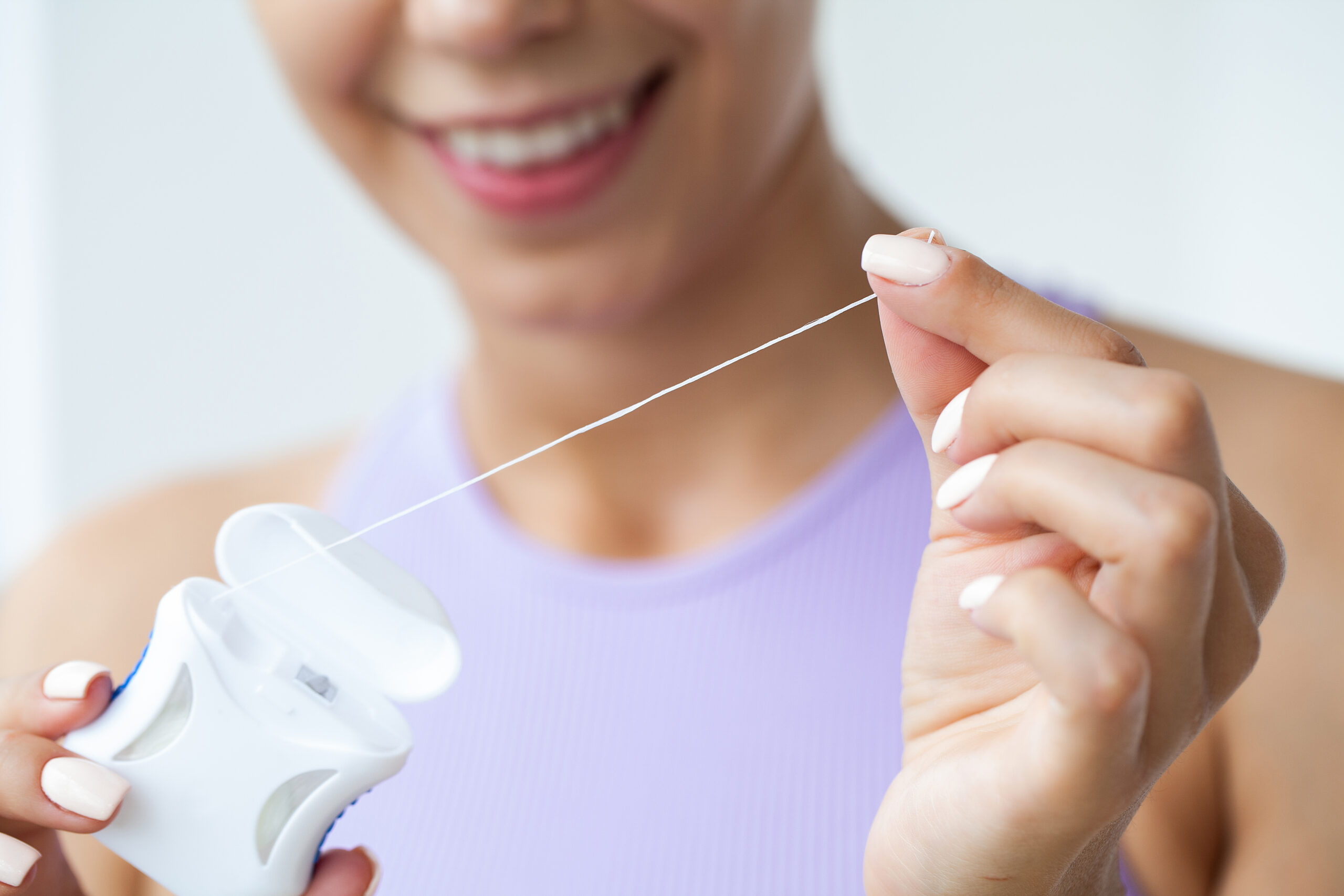When it comes to dental health, a filling is often seen as a straightforward remedy for tooth decay or damage. However, the aftermath of receiving a filling can spark considerable confusion, particularly regarding oral hygiene practices like flossing. Many individuals wonder: Can you floss after a filling between teeth? Let’s illuminate this often-overlooked subject and shift your perspective on post-filling care.
First, it’s crucial to understand the reasons behind filling tooth cavities. Fillings, made from various materials like composite resin or amalgam, serve to restore a tooth’s structure and functionality. They seal the affected area, preventing further decay. However, this restorative process can complicate your typical oral hygiene routine, leading many to question their next steps.
So, is it safe to floss after you’ve had a filling? The short answer is nuanced. Flossing is a fundamental element of oral hygiene and is essential for maintaining gum health, especially after filling procedures. However, there are certain caveats to consider.
Directly after receiving a filling, your dentist may recommend delaying flossing for a brief period. Following the procedure, it is not uncommon for the filling material to take some time to harden completely. During this initial period, which may last several hours, it’s wise to refrain from any vigorous cleaning methods to avoid dislodging the filling or irritating the surrounding gum tissue.
Once the filling has had adequate time to set—usually within a day—you can safely resume your flossing routine. Yet, before diving back in, it’s imperative to approach the process with care. Flossing around the newly filled area requires a gentle touch to eliminate any potential discomfort and to ensure you don’t inadvertently damage the filling itself.
One might wonder why flossing is even more crucial after getting a filling. The truth is, fillings create slightly different interproximal spaces than your natural teeth. The contours of the newly filled tooth can present opportunities for plaque accumulation that were previously less of a concern. By diligently incorporating flossing, you are actively preventing new decay from forming— an essential step in preserving your newly restored tooth.
However, it’s not merely about the act of flossing; the technique you use is equally important. A gentle sawing motion can effectively remove debris without causing damage. It’s advisable to guide the floss alongside the tooth rather than forcing it into the gaps. Furthermore, opting for waxed dental floss can ease the experience; it glides smoothly between teeth and is less likely to shred or snag on a filling.
Curiosity arises here: What about the immediate sensations post-flossing? You may experience some unfamiliar feelings in the gum area, particularly near the filled tooth. This is typically a normal reaction to the fresh restoration and does not necessarily indicate an issue. Nonetheless, if you notice excessive pain, swelling, or bleeding, it’s prudent to connect with your dentist to rule out complications.
Many people question how often they should be flossing, especially after a filling. The standard recommendation is to floss at least once a day. However, some individuals find benefit in flossing twice, particularly after meals, to maintain optimal cleanliness around the filling. This diligence not only aids in your current oral health but also fosters good habits that can extend into the future.
It’s also worth considering the type of dental products you utilize. In addition to traditional floss, interdental brushes or soft picks can serve as effective tools to navigate around fillings. These options can enhance your clean while minimizing irritation to the gums, providing versatility in your oral hygiene routine.
Remaining aware of potential side effects of flossing around a filling can create a more informed experience. Sensitivity to temperature, pressure, or even certain foods might arise after your procedure. This heightened sensitivity is usually temporary; however, maintaining an open dialogue with your dentist about any discomfort will ensure you receive the best care moving forward.
Furthermore, maintaining regular dental check-ups becomes even more significant after you’ve had fillings. Your dentist will monitor the integrity of your fillings and your overall oral health. These visits can help catch any potential issues before they escalate, creating a preventive regime that keeps your smile shining bright.
In conclusion, the question “Can you floss after a filling between teeth?” leads us to a broader understanding of post-filling oral care. While you should initially pause flossing for a short while post-procedure, resuming your routine can prevent potential complications. Armed with gentle techniques, appropriate tools, and regular visits to your dental professional, you can maintain excellent oral hygiene and safeguard your newly filled tooth for years to come.
